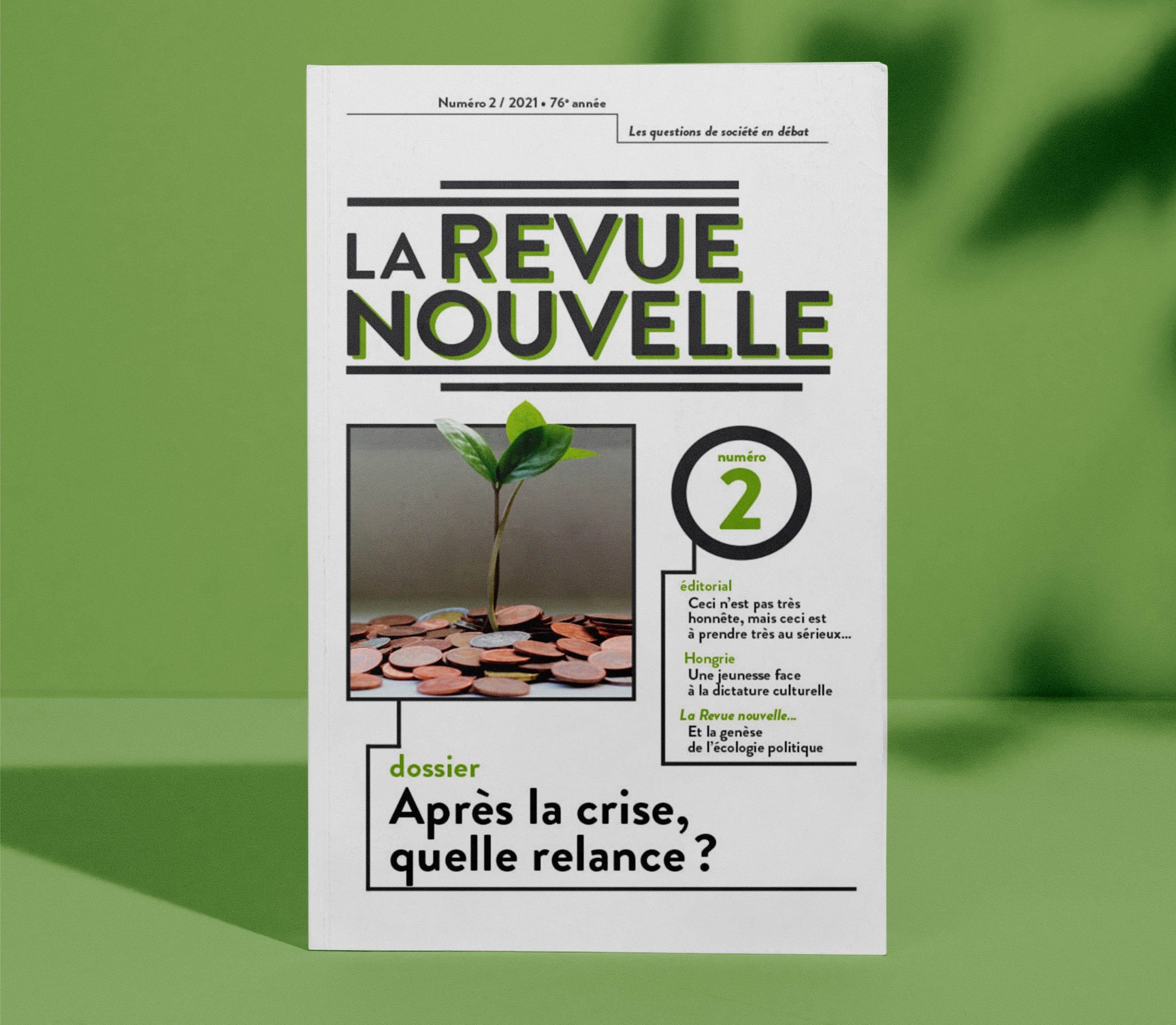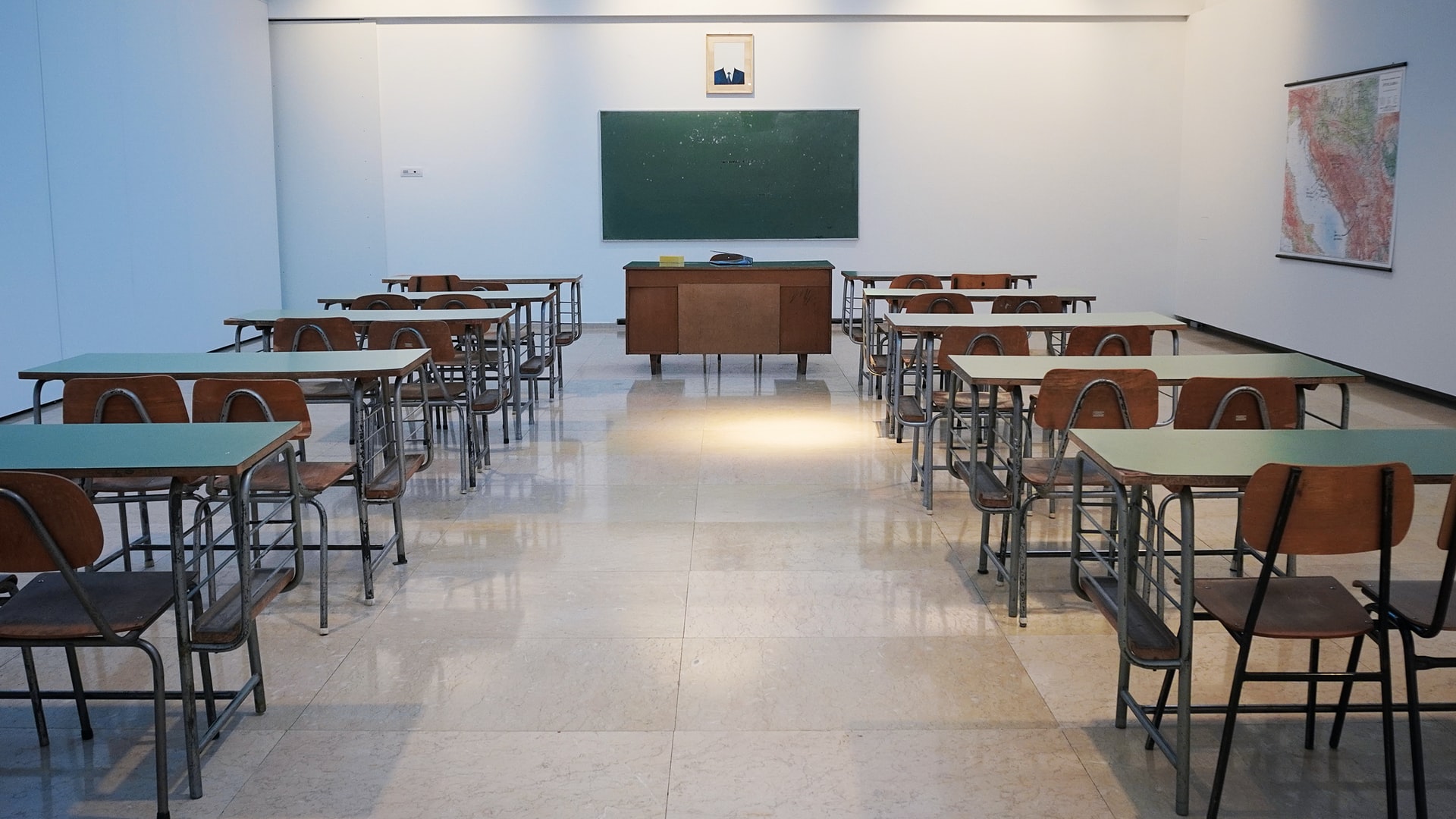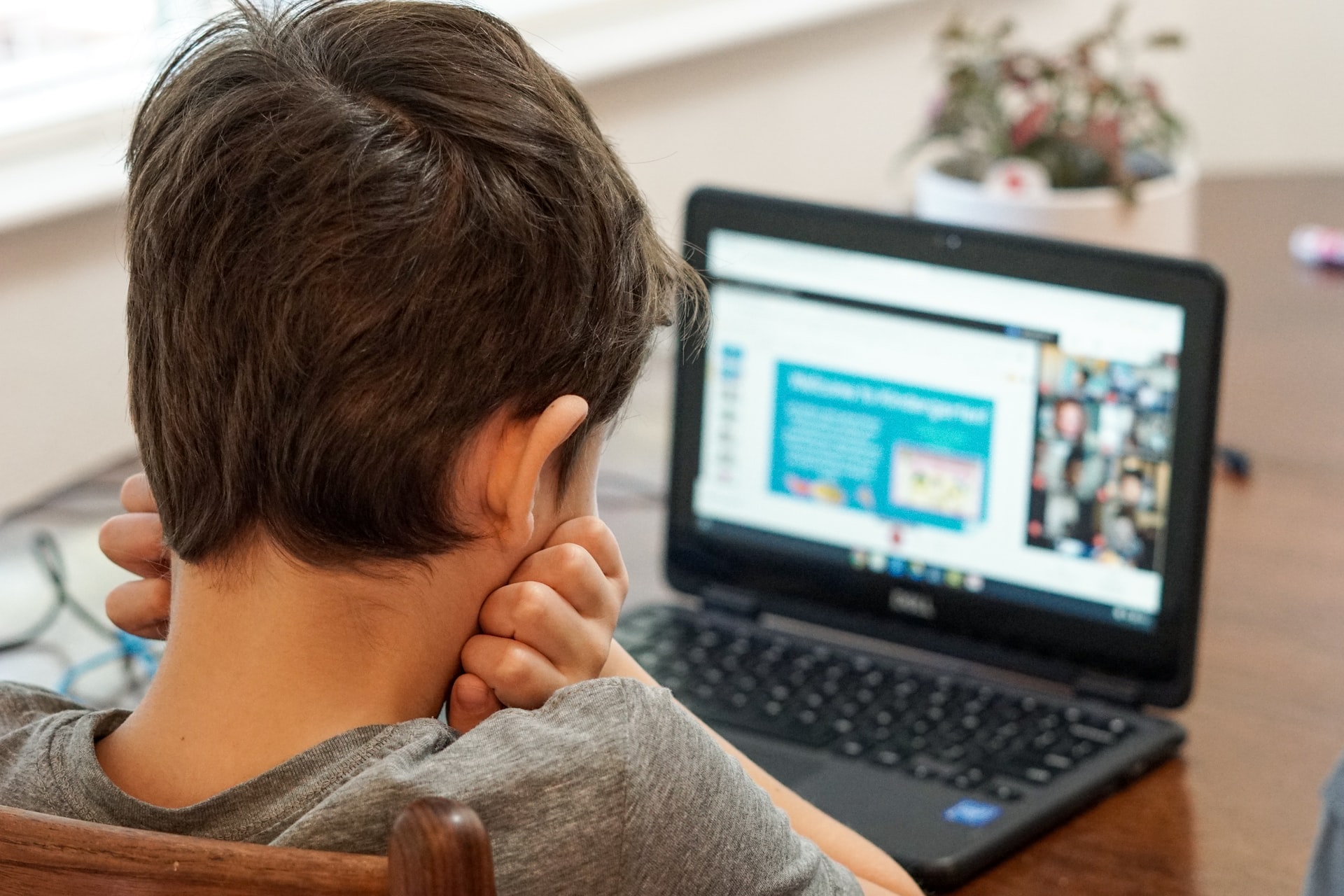‘It’s always hard to separate “school” from problems with a particular teacher’, a student recently admitted to me. Young people’s experiences of school also play a key part in how they experience society. Apart from those students who shoulder family responsibilities or have one too many run-ins with the law, for most, school is the primary and only intermediary between them and the state. It is therefore vital for schools to actively promote the principles of citizenship.
However, schools have done very little to put such principles into practice for decades. Generations of people feel disconnected from democratic values because they do not see their practical relevance. Yet school life can serve as a fantastic incubator for democracy. It offers young people the opportunity to explore their right to express themselves, their right of defence and their right to a fair hearing, while avoiding being judge and jury, and working together instead.
The role of schools in this matter should go without saying. But, in practice, teachers imparting their knowledge governs everyday school life. At a time when rights and modus operandi are in jeopardy, education for democracy becomes an even more crucial mission; as that social bond has been weakened, our relationship with society has broken down in a fundamental way. A practical education in citizenship can be a powerful step towards tackling many of the issues that the COVID-19 crisis has exacerbated. Ultimately, when it comes to developing a long-term collective response, there’s no better instrument than education.
Protective rules and laws
According to Rousseau, laws are one of the most important features of democracies. Collectively drawn up, they guard against tyranny and provide the means to address any problems that may arise. Yet this notion of the law’s role has been in decline for some time now. The process between the initial vote and legislation coming into force is so lengthy and influenced by so many factors (e.g., trade union, political and systemic) that the resultant law no longer feels like a true expression of the general will. Laws have come to resemble complex masses of code and tend to be experienced as “castrating constraints” to be circumvented, rather than as instruments of empowerment for both the individual and society at large.

This article first appeared in La Revue nouvelle 2/2021.
The current health crisis has done nothing to improve the situation. For officials to respond rapidly to the crisis, laws have had to be drawn up without parliamentary debate. Moreover, these emergency measures have been fast-changing, in many cases contradictory, inadequately explained and, ultimately, poorly received. Tensions between citizens and the law have increased, eroding people’s willingness to comply. It is now more imperative than ever to pay attention to the processes that safeguard constructive law-making, while acknowledging the importance of discussing and providing education on the role of rules.
In schools, this means moving away from the classic, stuffy set of rules, those endless pages of randomly organized bullet points that are seldom called upon other than for pupils to copy out as punishment, or as grounds for excluding or expelling them. We need to take the time to better design school rules that are both educational and constructive. Helping students to grasp the wider role that rules play in fostering social harmony is vital, as is teaching them how to elaborate and adapt rules.
Education as site of justice
Who among us has not protested ‘it’s not fair’ when discussing a teacher, a decision or a punishment? Who hasn’t experienced the strength of this feeling? Who hasn’t reeled at the chasm between the scale of the injustice and the amount of time school leaders set aside to deal with it? During the COVID-19 crisis, the list of injustices has expanded drastically: it’s not fair that some people have a garden while others are locked down in a cramped space devoid of peace and quiet; it’s not fair that there are far more restrictions in some neighbourhoods than others; it’s not fair that only some pupils have their parents there to help them; and it’s not fair that some people are well fed while others have no food left in the fridge.
So far, the almost systematic awarding of ‘pass grades’ last June has staved off this sense of injustice. The time bomb is ticking, however. All young people have seen their learning affected, but there are huge social differences. When the assessment system returns to normal – perhaps as early as this June – it’s highly likely that schools will see grade inequalities widen.
Mitigating the impact of all the injustices that the pandemic has compounded will take time. Along the way, schools will inevitably have a role to play, given that classroom experiences strongly condition young people’s world views. If we want to build a fair society, we must educate students on how to go about this. As pupils return on a full-time basis, schools will also have to contend with the pandemic’s negative effects on student mental health – and the resultant deterioration of their interpersonal conduct. Schools will have to enforce their rules wisely to ‘rebuild’, confronting the disciplinary challenges ahead, addressing student relationships to rules. When dealing with conduct issues, they will have to take the time to ask questions and listen to those students involved, including what they say in their defence. Schools must develop restorative justice frameworks. If, conversely, they fall back on the all-too-frequent method of exclusion, the end of lockdown will not reduce the ‘it’s not fair’ list.
Diversity as an asset
Have you noticed that in times of crisis, diversity becomes a much more sensitive topic? When adversity strikes, it is human instinct to look for a scapegoat, a symbolic culprit usually plucked from the list of those who are ‘alien’ to us. Meanwhile, for those on the receiving end of discrimination, times of crisis spell multiple woes. They have to grapple not only with the tangible effects of poverty and precarity but also with this mounting wall of rejection. Unsurprisingly, Black Lives Matter was the first movement to draw people onto the streets last May, compelling them to shed their coronavirus fears in support of a cause they saw as urgent: equality and respect for minorities. Nor is it any surprise that, during the worst peaks of the pandemic, social media was increasingly inundated with abusive stereotypes and identity-related prejudices, in an unhealthy response to widespread feelings of distress and anxiety.
Governments, in underestimating the value of the arts in their balance of priorities, have aggravated this situation. In the face of life’s challenges, artistic expression represents a fundamental instrument of resilience, a symbolic rallying point, a way of articulating problems and possible solutions. Depriving ourselves of this salvation is tragically counter-productive. It is high time that cultural democracy made a comeback. Every form of creative endeavour capable of giving symbolic expression to our shared problems and identities that have suffered should be encouraged. As well as providing the means to laugh in the face of present adversities, the arts can both take us out of ourselves and help us reflect on new circumstances.
For schools, this cultural democracy agenda entails becoming more open to all forms of artistic expression. In a multicultural society, people need the freedom to express their identities. Schools must learn to welcome diversity through their doors both in terms of pupils’ clothing and dietary choices, and the ways in which they think and form their opinions. Depriving minority cultures of spaces of recognition risks magnifying inequalities.
School as a place of debate
This brings us to another old chestnut, one as old as the question of citizenship itself: the art of debate, discussion and interchange, which fell out of vogue a long time ago in our classrooms. Is that because ‘debate’ presupposes that teachers should relinquish their ‘font of knowledge’ hat and don that of the ‘curious interlocutor’ instead? Or is it because oral expression draws on resources quite different from those our mass assessment system relies upon? Whatever the reason, it’s high time we re-educated students (and ourselves) about the value of exchanging ideas. This is essential if schools are to successfully navigate diversity issues.
On the most basic level, this approach would enable schools to better accommodate student emotions, feelings and frustrations. It would help young people make sense of present challenges and what lies in store for them. Belgium and France, for example, have recently seen a resurgence of interest in speaking resources and initiatives. Such momentum could be built upon to empower more schools to cultivate the potential of the spoken word.
Engaging with society through school
The most shocking phenomenon in schools is the level of student disengagement. Although they are only required to attend in person half as often, student absentee rates have doubled. Even more worryingly, home learning is struggling to take off. Very often, the best that teachers can hope for is that students are pretending to listen in front of their screens. When students do attend in person, teachers face a dilemma between carrying out assessments, which is complicated remotely, and forging ahead with the syllabus. We are witnessing a proliferation of problem situations and reported fail rates across the board.
This is potentially much more than a temporary slow-down in learning. It could genuinely finish with a generation of young people disengaged from society on a massive scale. First, because the measures taken to tackle the health crisis have weakened student ties both with their peers and adult role models. And, second, because young people can clearly see that, during this crisis even more than usual, they are being excluded from debates on issues directly affecting their future. They feel like their generation is being sacrificed.
As students return full-time, simply resuming lessons isn’t enough. Schools will need to listen to their students, pick them up wherever they currently are, and support them in their personal journeys of resilience and self-empowerment. Providing the educational community with tools to make schools into harmonious spaces of interaction will be critical. Otherwise, alongside the all-too-frequent problems of violence and bullying, swathes of pupils will join the already significant numbers of young people who leave school without qualifications.
Living in a new media landscape
Young people spend more time than ever in front of their screens. Even before the pandemic, the Internet presented teachers with stiff competition. Current circumstances deliver an even clearer message: when it comes to learning, virtual spaces are the ones we cannot do without; the school building has been relegated to a secondary, almost disposable, position. Schools urgently need the spaces and resources to educate students about New Media. More than ever, young people need to know how to search the web more adeptly, how to take a more critical approach to the information they find and how to communicate effectively within society’s new virtual realm.
Not only equipment and classroom space but also school-wide practical implementation is essential – media education goes hand in hand with nearly all the issues so far discussed. School violence and bullying problems also play out online. Virtual spaces are the front line of identity tensions. Learning to debate is not just about the art of the spoken word. It encompasses images, videos, soundbites and podcasts. Disengagement is now concentrated less in the street and more on a raft of online games and platforms. Ultimately, educating students for citizenship involves developing, in the classroom and throughout the school, a lively range of initiatives, responses and strategies that enable them to thrive in this New Media landscape.
From ideas to collective action
Certain challenges act as starting points for rethinking the way schools operate. First, the division of the school day could be treated differently. Clearly, the curriculum is important. However, increased scope is urgently needed: the syllabus could be put on hold; more space could be carved out for dealing with problems, holding debates, implementing diversity initiatives; New Media and other elements that play a part in students’ lives could be incorporated. Given the limited amount of time available, this task may even mean re-examining how class timetables and syllabuses are divided up.
This is a cross-disciplinary challenge, one which brings with it a second aspect: agility. Despite repeated efforts, our education system has remained unchanged over recent decades. In view of the issues being faced, there’s no longer a choice: educators immediately need strategies and resources to become more agile. Agility is imperative: in teaching practices for education to evolve; between schools, so that they can adapt more readily to arising needs; at an ‘intraschool’ level, so that every department can respond to the challenges it faces; and in terms of what is taught, with traditional subjects giving way in part to new skills.
One such skill involves teachers developing an alternative stance. Rather than standing as ‘master’ in front of their students, teachers must learn to work alongside them. In part, teachers need to support students in searching out and processing information more effectively, and in their personal development. Schools especially need to embody citizenship values to help young people face today’s challenges: ranging from issues of violence and identity expression to new virtual landscapes. Nurturing cooperation in the classroom, developing truly representative spaces, taking the time to hold constructive debates and, crucially, using these discussions as a springboard for planning and action would make schools model examples of the potential democratic systems have to devise solutions to health, climate-related and social challenges.
Since the beginning of the pandemic, crisis response measures have divided society and pushed people further apart. It is only natural, then, that to rise to these challenges, we need to learn how to do better, together.

Translated and edited by Cadenza Academic Translations.












